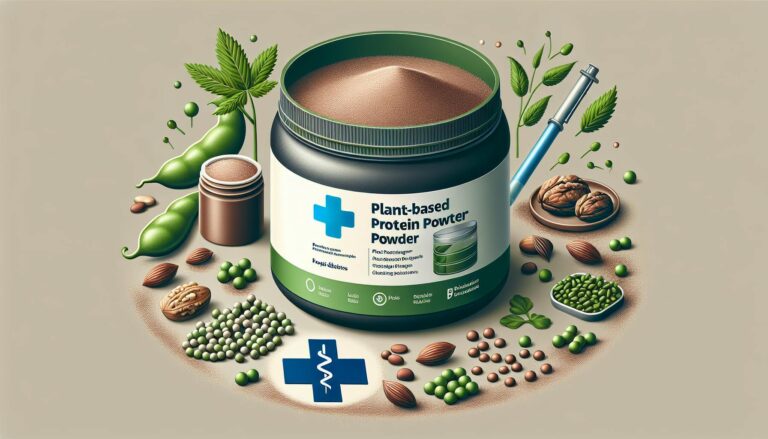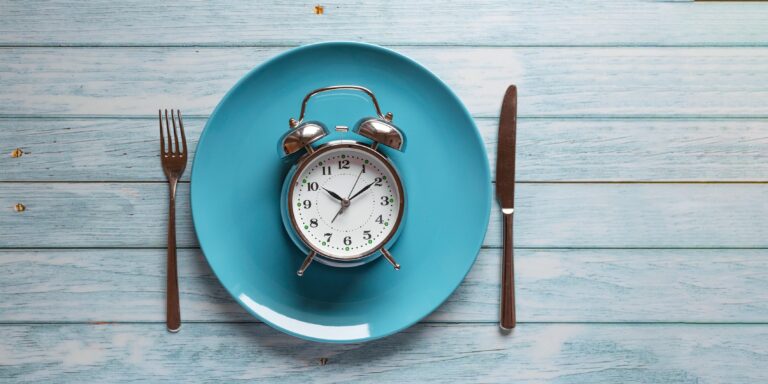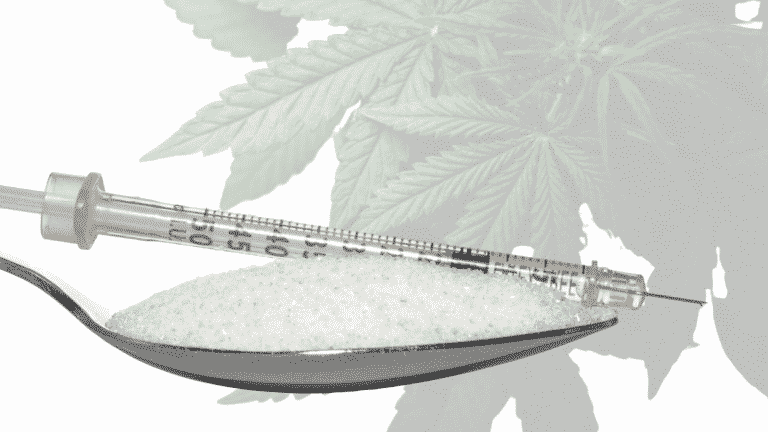Type 2 Diabetes Diet Plan
Diabetes is not a disease but a condition. It is a common lifestyle and genetic condition that can be managed. Type 2 diabetes is a long-term health condition that prevents the use of insulin effectively. People with type 2 diabetes have insulin resistance and sometimes complications. Middle-aged and elderly people are more likely to develop t2d, which was previously called adult diabetes. You can find some of the best diabetes hospitals in Coimbatore. Learn more from this article for a complete guide for a comprehensive Type 2 Diabetes Diet Plan.
Diet and Diabetes
Blood glucose comes from foods rich in carbohydrates. The more carbohydrates you eat, the higher the sugar content due to digestion and absorption of food. Liquid carbs consumed by them are absorbed faster than solid foods. Therefore, when you drink soda, your blood sugar rises faster than when you eat a slice of pizza. Dietary fiber in your carbohydrate-rich food does not convert to sugar; it adds to the making of stool bulk. However, protein, fat, water, vitamins, and minerals do not contain carbohydrates. Blood sugar can instantly get elevated with certain carbohydrates in your meal. If you have prediabetes or diabetes, controlling how many carbohydrates you take is extremely significant in controlling your blood sugar. Moreover, making a Type 2 Diabetes Diet Plan including healthy fats, is crucial to your routine.
What is the diet plan that I must follow?
- Complex carbohydrates: Diabetes diet plans can follow several patterns and have different fat, protein, and carbohydrate contents. Carbohydrates, fat, and protein should be consumed from plants as they have a low glycemic index.
Doctors use the glycemic index and glycemic load parameters while looking at the carbohydrate content in the patient’s diet. Eating low glycemic index foods tends to increase blood glucose levels slowly; therefore, they are more suitable. The blood sugar load of a food is determined by its fiber, fat, and protein content.
The glycemic index is a standardized measurement, while the glycemic load is the actual amount consumed. Some of the common complex carbohydrates are foods such as oatmeal, brown rice, legumes, veggies, quinoa, fruits, and lentils; these are also low glycemic index foods.
- Avoid consuming simple carbohydrates: Simple carbohydrates are foods with a high glycemic load. Consume fresh and homemade food instead of processed foods as they are harmful. They do not contain other nutrients that slow down sugar absorption. Therefore, these foods can dangerously raise blood sugar.
Avoid Simple Carbohydrates
White foods are the most commonly used simple carbohydrates found in junk food. Simple carbohydrates or high glycemic index foods that should not be included in your diets include sugar, cereal for breakfast, white pasta, refined flour, white bread, biscuits, cakes, white potatoes, juice with sugar, and desserts.
- Low-fat diet: Fat has little or no effect on blood sugar levels. But as part of the meal, they help slow the absorption of carbohydrates. The risk of cardiovascular disease is also significantly increased by frequent intake of fat, especially saturated fat added to your meals. Specially fermented dairy products like yoghurt help reduce this risk. Common vegetable oils such as sunflower oil, olive oil, edible seeds, nuts, and avocados decrease the risk of heart disease. Fat in your meal helps you feel full and reduce frequent cravings. If there is no fat in your meal, you might even end up overeating.
- High-protein diet: Protein provides slow and stable energy and has a relatively small impact on blood sugar. Animals and plants are both protein sources. However, animal sources are also often unhealthy sources of saturated fat. Good protein choices include beans, eggs, legumes, fish, peas, shellfish, dairy products, tofu, soy foods, etc. Chicken and turkey are other lean meats. The fat, protein, and carbohydrate content in your food must be kept in check. Allow time to release insulin slowly and in a small amount to maintain your blood glucose levels. This will allow a constant transport of glucose from the blood to the target tissue.
Various Dieting Strategies
Even the best diabetologist recommends various dieting strategies that are beneficial for type 2 diabetic individuals. Since different diet plans are effective, people can choose the diet that suits them best. However, you have to keep certain rules in mind to plan your diabetic diet. Eat more green-leafed vegetables and reduce the intake of red meat and sugar. Being diabetic, you must know about the carbohydrates and sugar in your food to prevent an instant rise in blood glucose levels. You need to follow up with your physician for the updated dose if using insulin injections.
Conclusion
This situation has changed recently, and it has now become clear that the ideal macronutrient ratio does not exist, and the diet needs to be personalized. If you have been diagnosed with t2d diabetes, your doctors may recommend a low glycemic load for the best diabetes treatment. Avoid sugar-filled drinks such as packaged juices and soft drinks. You can even reverse prediabetes and stay fit with lifestyle changes. You can achieve it with regular exercise and the recommended Type 2 Diabetes Diet Plan with calculated calories for weight control.







